How to acclimate imported plants
After our new plant friends have taken their long journey to us, we need to help them adjust. In this article, I share how I acclimate plants.
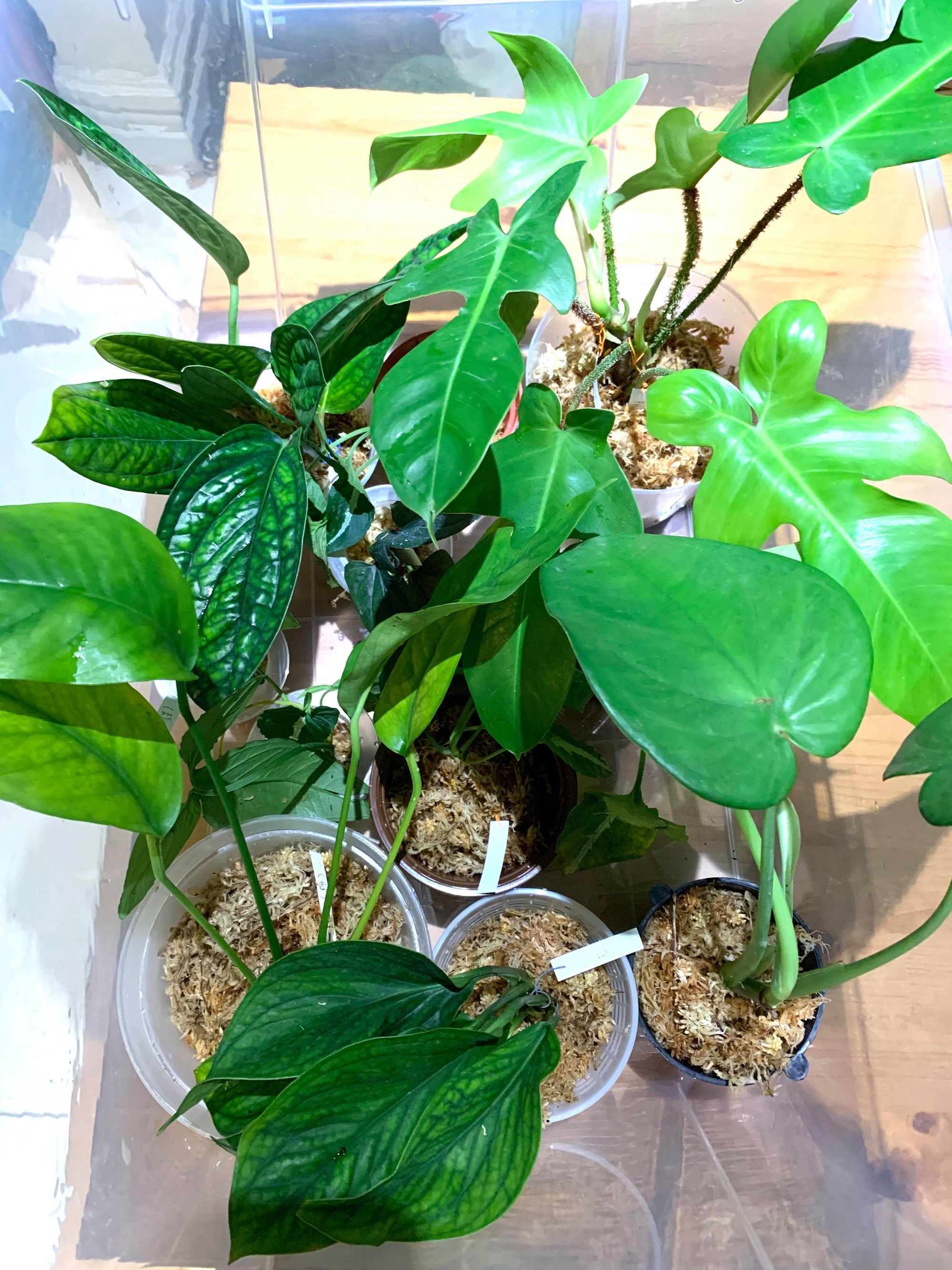
After a long flight, I feel dehydrated, tired, and ready to lie down. Imagine how plants feel after lying down in a box with 20 of their friends for a few days! Just like us, and even more so, imported plants need a few weeks or even a few months to acclimate to their new environment after their long journey. Here I will outline what I do to acclimate my imported plants for maximum success.
Here's what I use:
- Superthrive - This is a vitamin solution for plants that helps them grow healthy roots
- Kitchen sink or large plastic box
- Scissors
- New Zealand Sphagnum Moss
- Net pots
- 70 or 99% alcohol
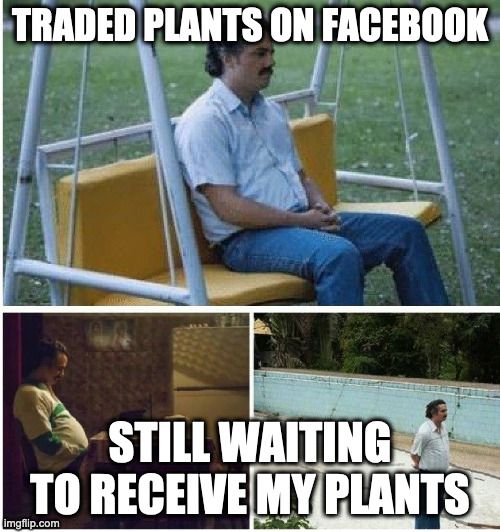
Step 1: Unwrap your plants
Imported plants are always packaged bareroot in sphagnum moss or paper towel, and then plastic, with paper covering the leaves.
Gently unwrap the media from the roots. You may need to cut away the plastic, be careful to not cut roots.


Step 2: Check the roots
If you're very lucky, all the roots will be perfect. But it's unlikely, there will always be some root casualties. Cut off the rotten roots, but always clean your scissors with alcohol in between. This is in case there is to limit any spread of rot to the healthy roots.
If a root is brown, flat, mushy and smells, it's rotten. Cut this off.
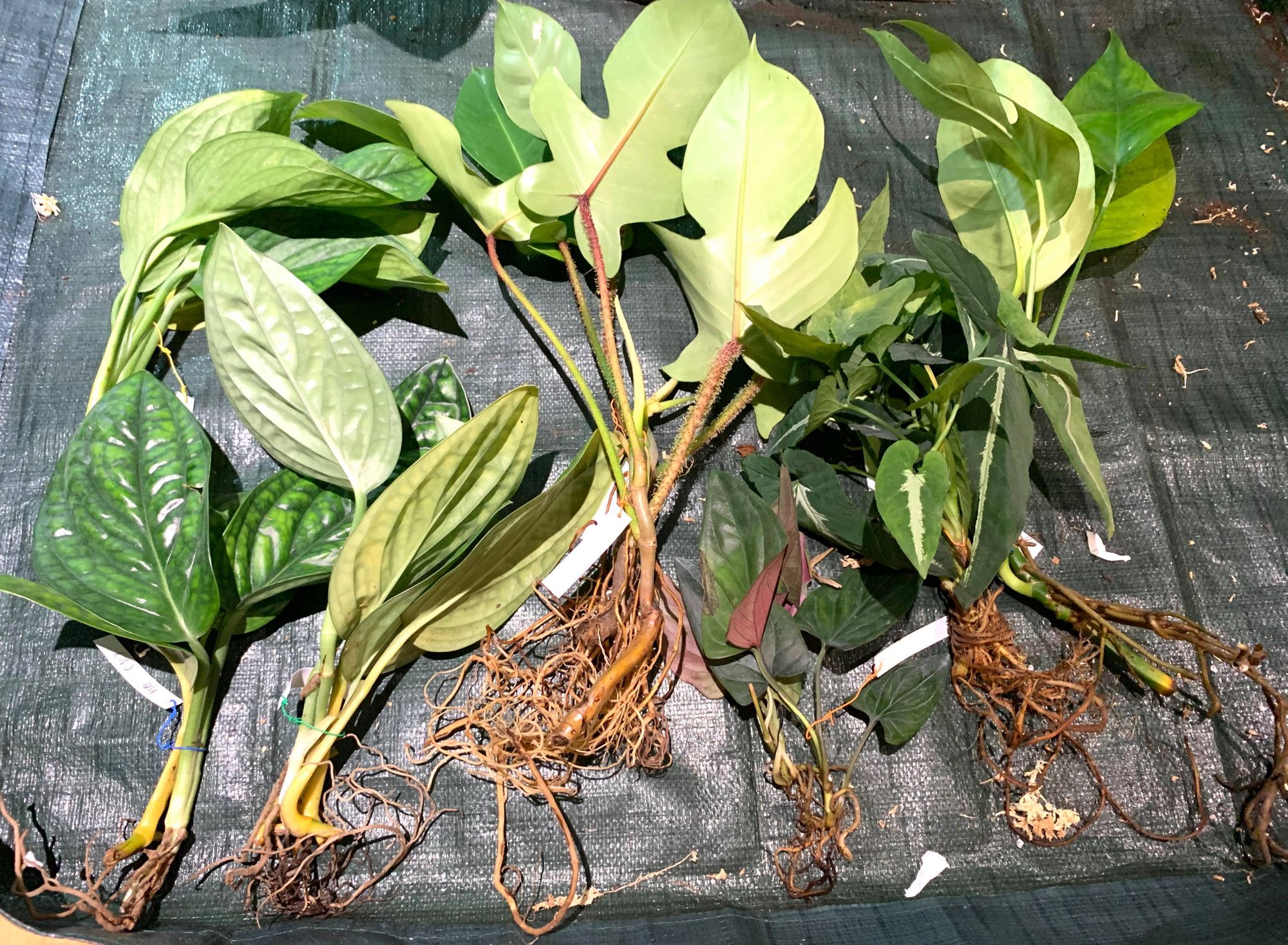
Step 3: Superthrive bath
After I've cut off all the rotten roots, I fill my kitchen sink with temperate water and add a cap full of Superthrive. I then put all the plants into the sink. This gives them a chance to get rehydrated.
I usually leave the plants in there for an hour or so.
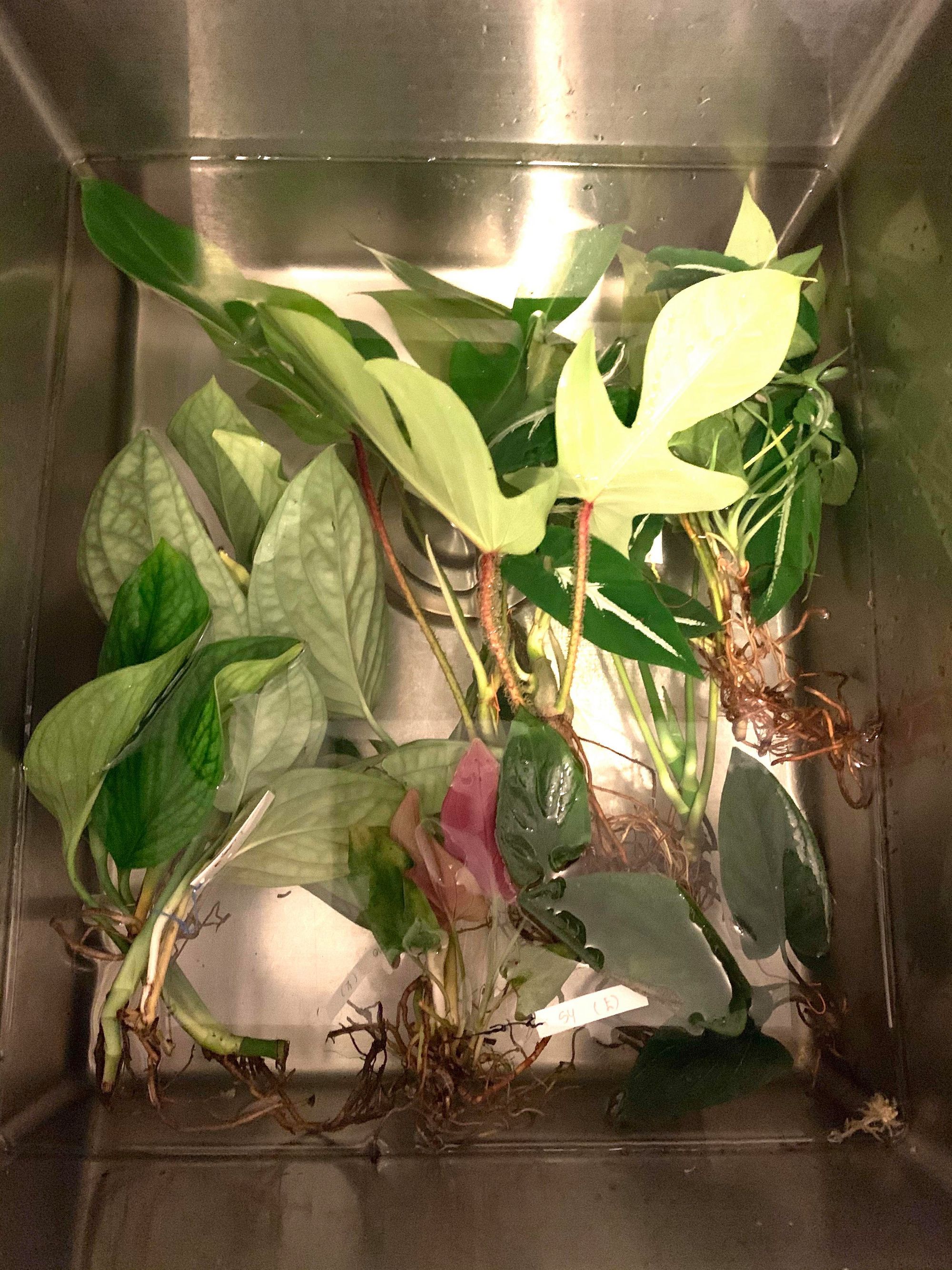
Step 4: Prepare your media
While your plants are bathing, prepare your supplies to pot them. For new imports, I always pot them in Sphagnum Moss and Net Pots.
I use sphagnum moss because it keeps the roots humid and I find it allows them to grow new and strong roots quickly. Sphagnum moss is also a sterile medium as it doesn't contain any harmful chemicals. Net pots allow for good air circulation around the roots to reduce the likelihood of root rot.
Thoroughly soak the sphagnum moss so it's all completely wet, and then ring out all the excess moisture so the moss is lightly moist.
Step 5: Pot your plants
Put a little moss on the bottom of the net pot, and then add your plant. Be sure to pack the moss tightly around the roots, this will reduce chances of rot. Loosely packed moss will allow air to come in and could cause root rot.
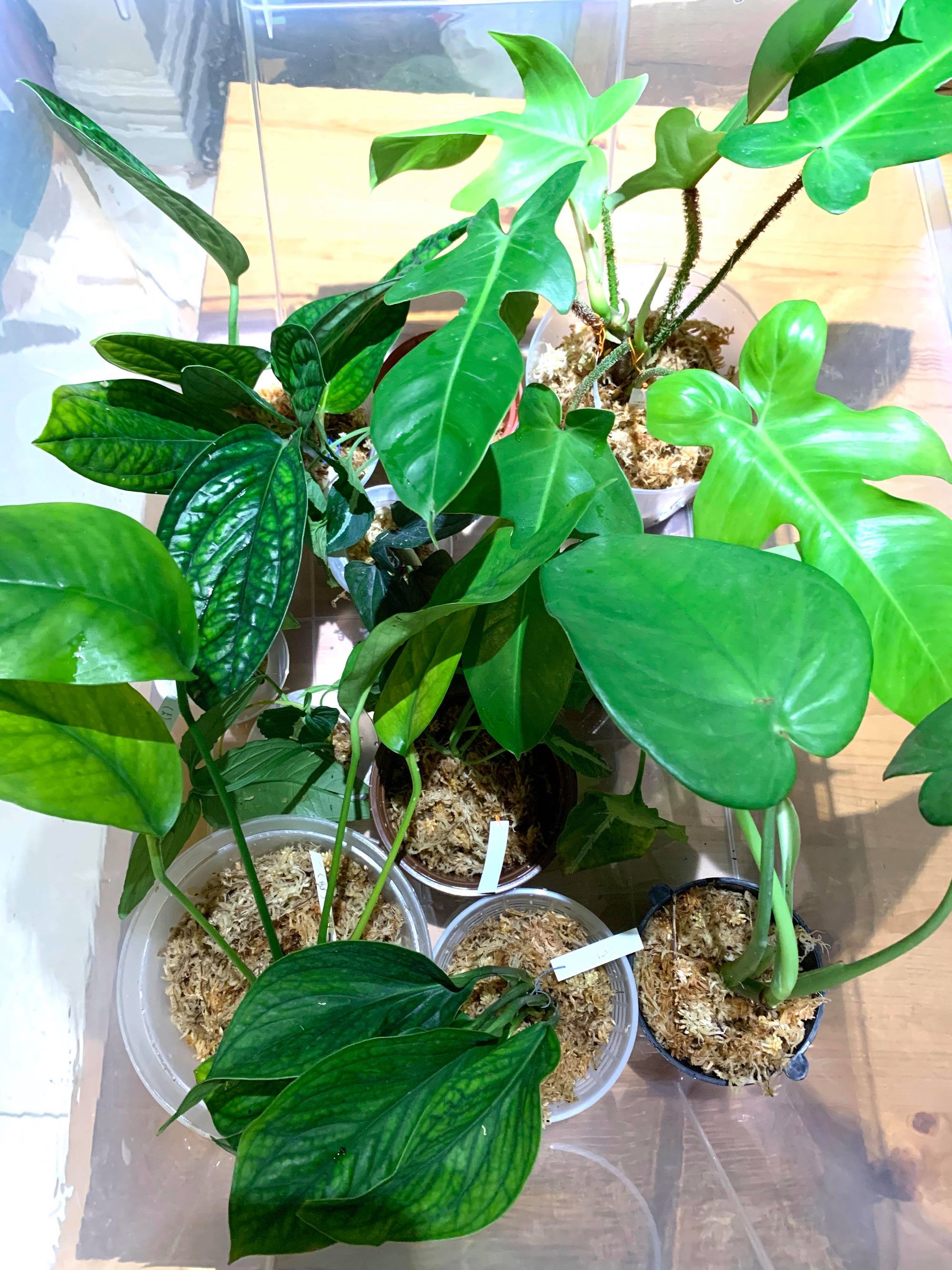
Step 6: Keep the plants in a humid environment
These plants just came from a very humid environment, so they'll need similar conditions in order to survive and thrive here.
Place your potted plants in either a clear plastic box or a greenhouse. I always ensure I have space in my Ikea Greenhouse when imports arrive.
If you're using a clear plastic box, make sure you open it every now and then for air circulation. Proper circulation is extremely important.
Want to make an Ikea Greenhouse? Check out my other blog posts on how I converted them. Click here for details on the cabinet below (Fabrikor wide).
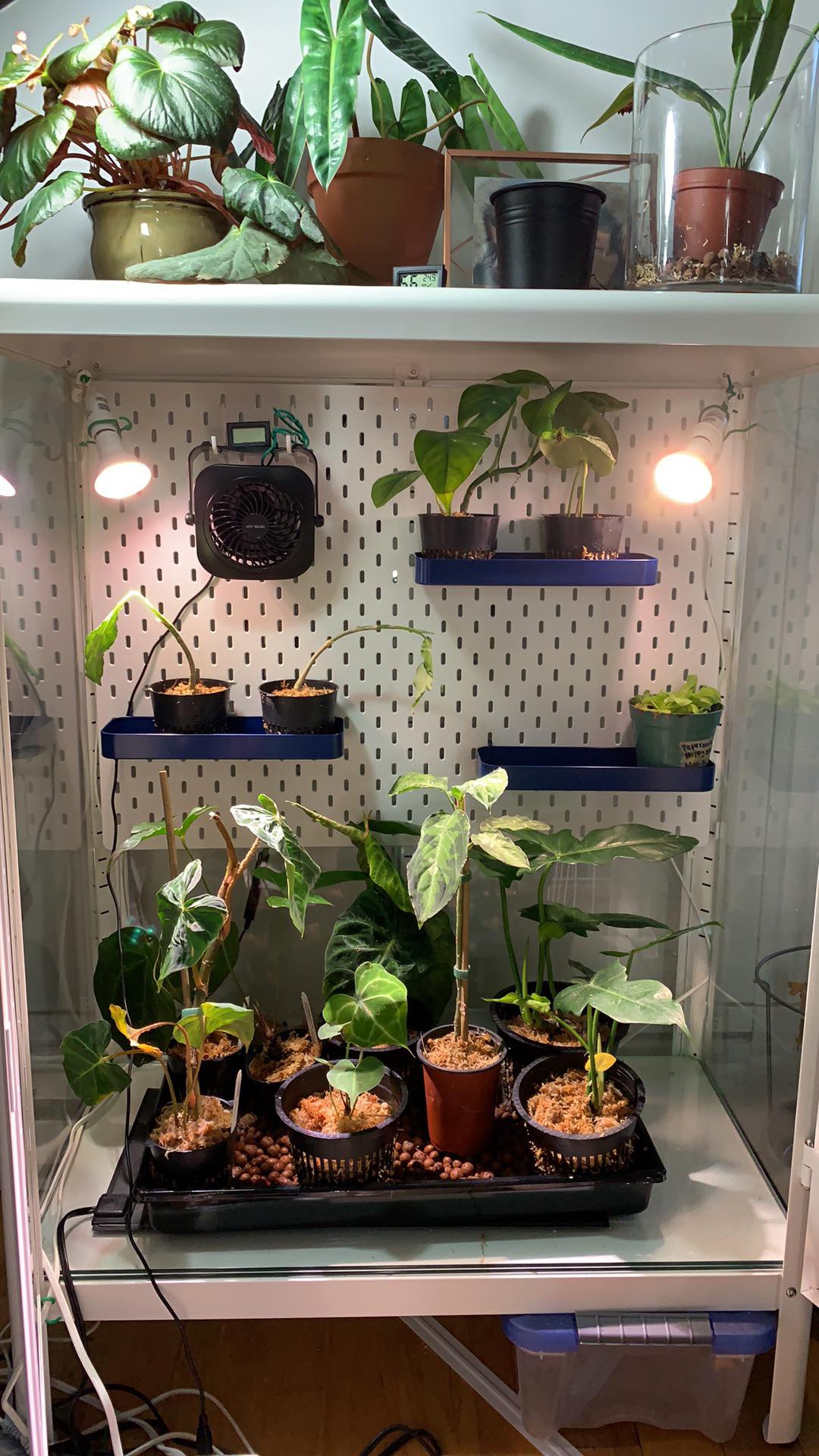
Step 7: Be patient!
Give it time! After a week, it's not likely that the plant will have changed, grown leaves, or new roots.
This process takes several weeks and sometimes months. Your plant is ready when it starts to grow and has established a healthy root system.
Make sure you wait at least 1.5 months (probably even longer) if you want to ship one of these plants to someone else. They may not survive a second journey if they're not fully acclimated.
Summary:
Humidity and patience are the most important aspects of acclimating imported plants. Ensure the plants are potted tightly, kept in a humid environment. Do not check the roots within the first month. Good luck!
